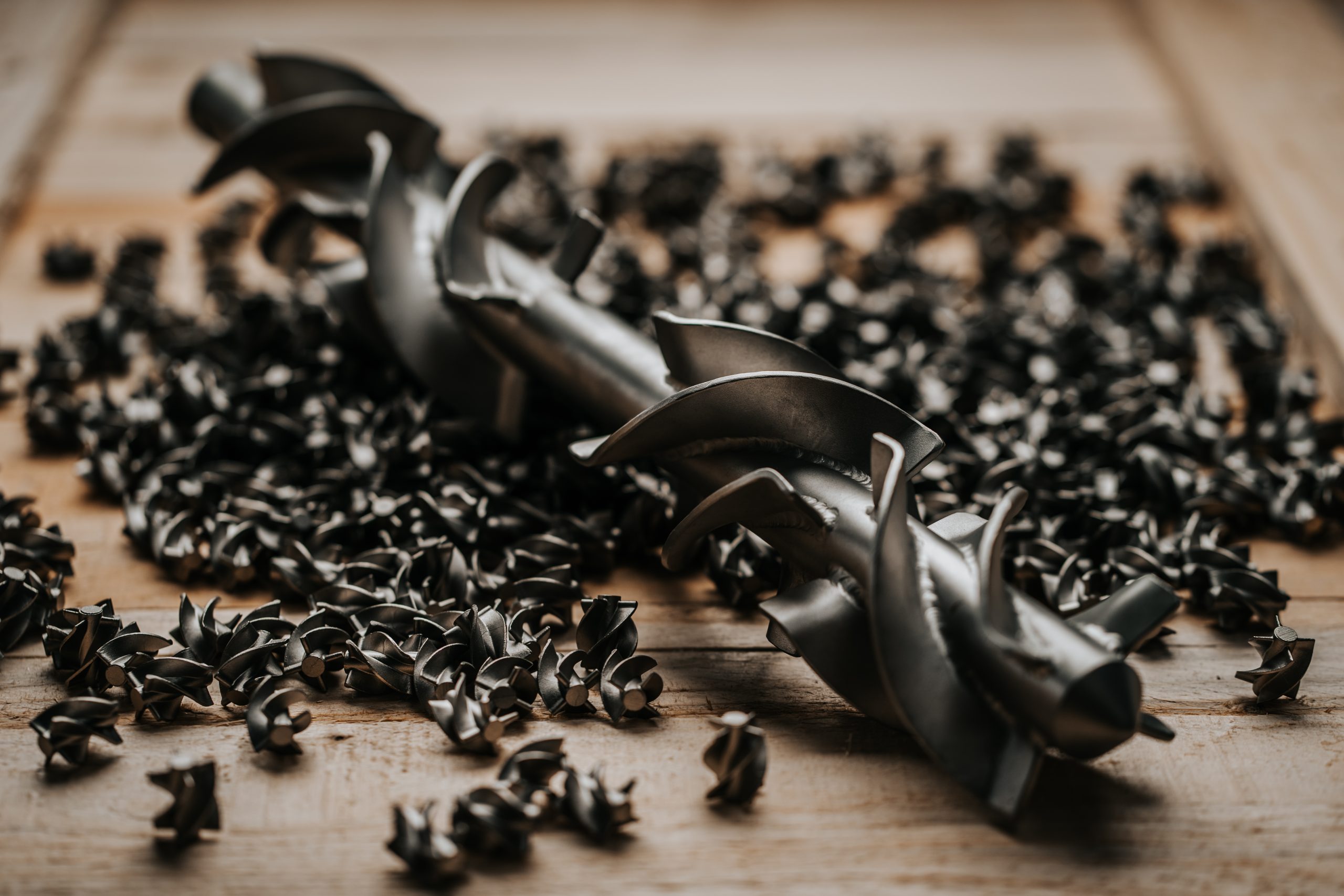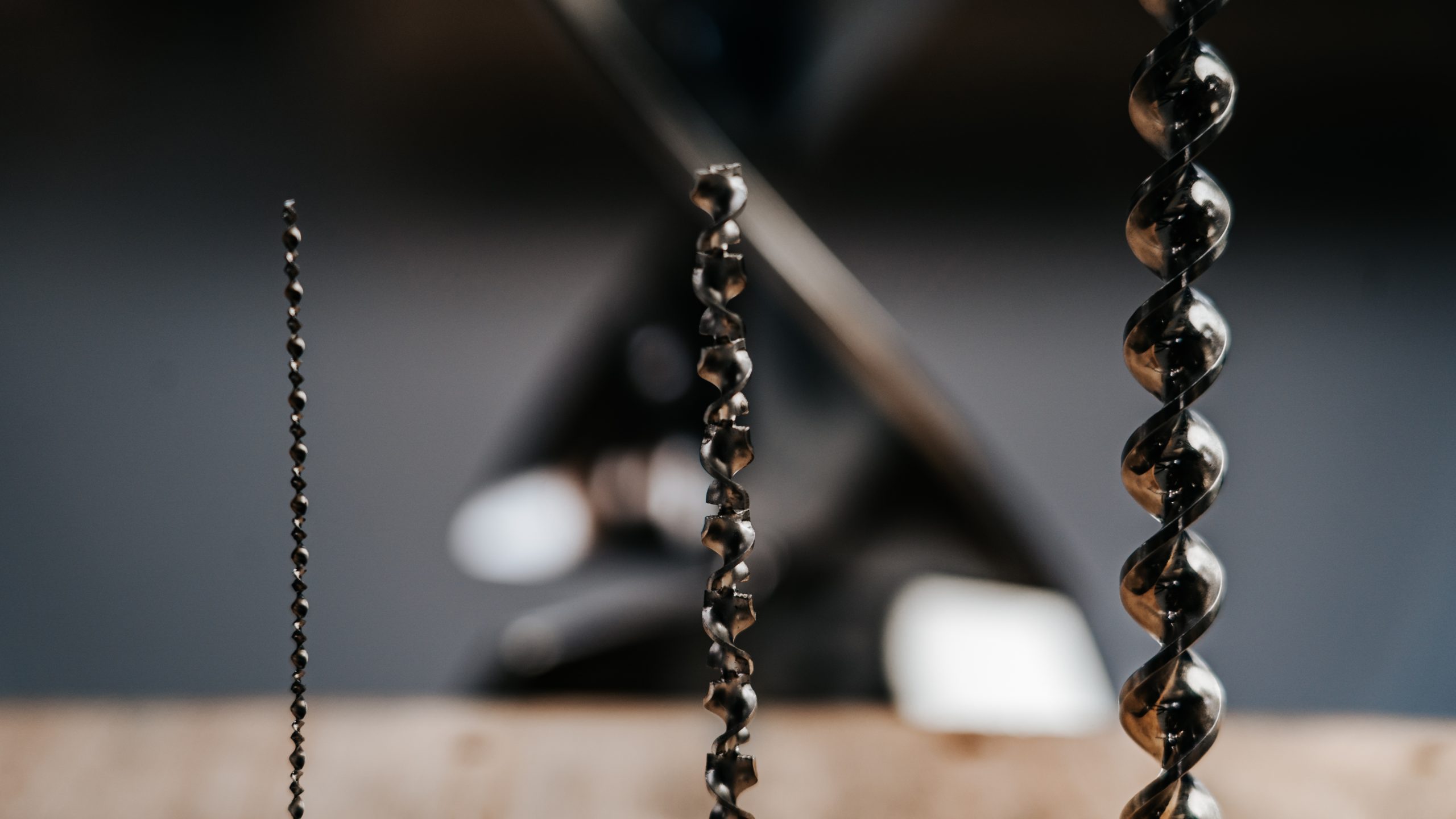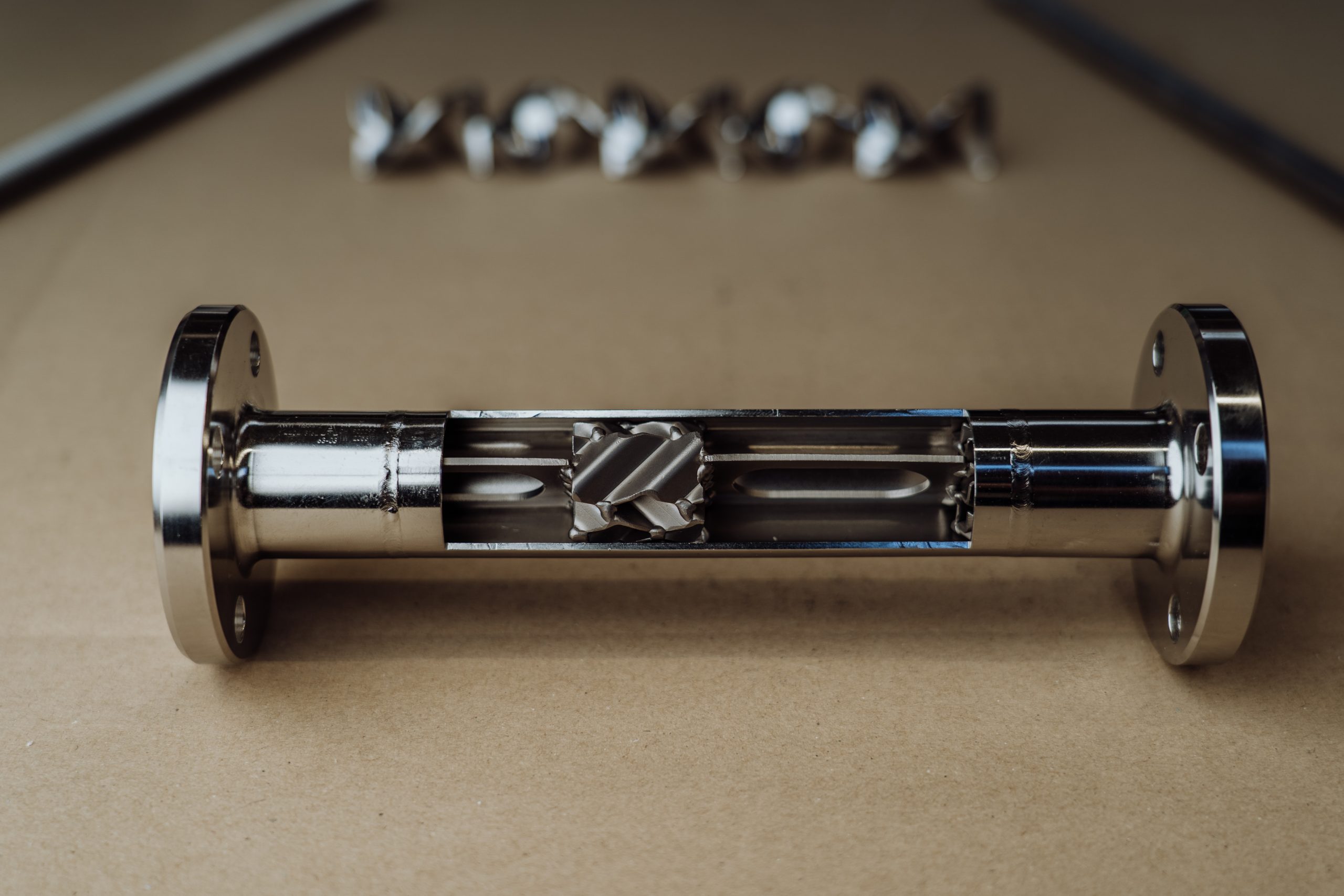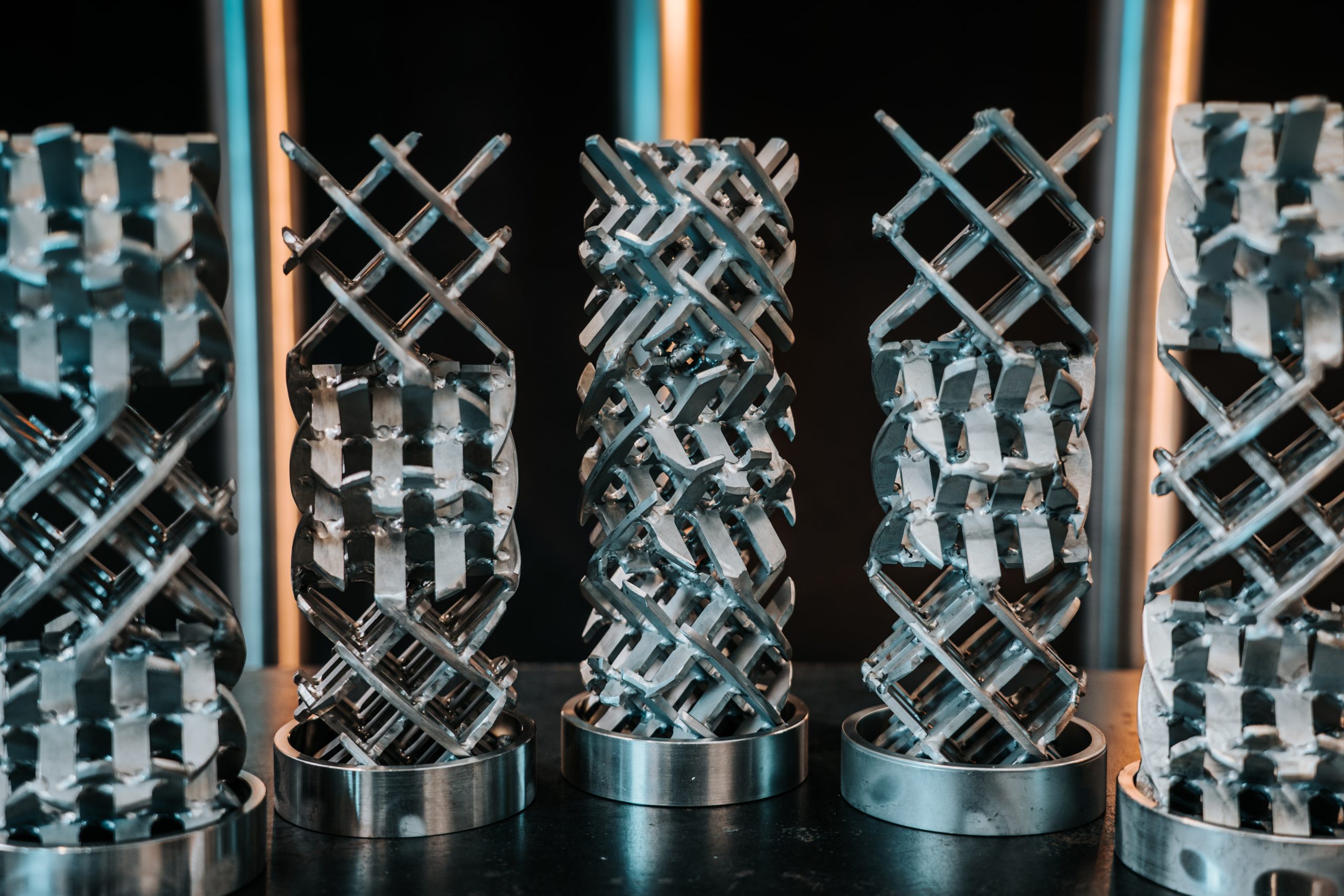Static mixers from STRIKO
- maintenance free
- cost efficient
- Almost wear free
- inline to clean, sterilize / steam
- easily dismantled if necessary
Applications
STRIKO static mixers are successfully used in a wide range of industries. Low capital expenditure and exceptionally low operating costs enable efficient, highly productive mixing, dispersing, emulsifying, heat exchange and reaction applications. The high cost efficiency results, among other things, from the fact that the low energy requirement for the mixing process is taken directly from the product stream.
Mixing elements from STRIKO are also used in heat exchangers. The continuous movement of the medium between the inside of the tube and the tube wall increases the heat transfer, which saves installation length.
We do this
- fast: Especially in the area of plant safety, agile crisis management is of high importance - we do it: quickly and thoroughly!
safely: Whether in the process, in planning or in the budget: Our products provide you with safety. This means protection for your personnel, the environment and your machines, and thus stability in your process and quality for your products.
individually: The optimal solution for you is always our priority. That's why we analyze every case down to the smallest detail, gladly also directly on site. This is the only way to create customized products that are exactly right for your application.
Our assortment
FAQ
Is the dosing unit always integrated in the mixer housing?
Depending on customer specifications or design the metering in the mixer housing itself or elsewhere to be arranged in front of the mixer. Certain minimum clearances are maintained for a good mix.
Is there a standard mixer for all applications?
No It is impossible to cover all applications with a static mixer. For different applications, different types of mixers are used to achieve a good mix. For selecting the right mixer type influences play the density, viscosity and flow rate as well as the type of mixed media play an important role. Nominal size, number of mixing elements, material to be used (chemical resistance, customer specs, …) and not least the nature of the connections shown for each application a unique and specially sized static mixers. One can speak of “prototypes in series.
How does the bubble size of gases affect solubility in liquids?
Due to the size of the bubble in a liquid gas to be dissolved, the solubility of the Same is influenced. With decreasing bubble size the gas exchange surface increases, thereby solving the potential, a gas in a liquid, increases.
For the solution of gases in liquids, the term solubility a coefficient of the relative in diffusion equilibrium with the gas space dissolved in the liquid gas to the pressure of the gas indicates. There are:
- qualitative solubility (the substance in a particular solvent in a recognizable extent soluble?) and the
- quantitative solubility (which amount of substance can in a unit volume of a particular solvent are dissolved?).
The aim of STRIKO process engineering is therefore the dissolving gases in liquids (drinking water, carbonation of beverages of all kinds, etc.) by using appropriate mixing elements, the correct sizing of the mixing tube and the use of optimal dosing, the maximum solution of a gas in a to realize liquid. This is in addition to the bubble size, which should be in the micron range, and the parameters of pressure and temperature and also depends on the media itself.
How is the pressure drop of a static mixer defined?
The pressure loss through the wall friction and internal friction in static mixers, piping, fittings, valves, etc. resulting pressure difference between two defined points. In static mixers, these mixers points – input and output. In the art, for locally attached to a pipeline built elements (mixing elements, valves, diaphragms, etc.) is a resistance coefficient ζ, which table works can be removed.
The electricity generated by wall friction pressure loss is determined by the pipe friction coefficient λ. The friction factor is dependent on the Reynolds number in the case of a laminar flow. If the flow is turbulent, the roughness of the surface shoul dbe considered.
The equation for pressure losses in flow through pipes under the assumption of a constant density is:

This is the Bernoulli energy equation, where the term is not taken into account for the static head, because this is no pressure loss.
ρ Thickness in kg/m3
u medium flow rate in m/s
λ Friction factor
l Length of the pipeline in m
d Diameter of the pipeline in m
ζ resistance factor
Design of a static mixer - What should be considered?
The key task in the design of a static mixer is to find out how many mixed elements of a particular type must be arranged in series to achieve the desired mixing quality at an acceptable pressure drop. The mixing quality may vary from application to application. For simple mixing applications, where for example solve low water components as easily into one another, are often only a few elements sufficient to obtain a good homogeneity. In other cases 20 or more elements necessary to achieve an acceptable result.
What is the difference between mixing quality and coefficient of variation?
Mathematically, the coefficient of variation of the quotient of the standard deviation of the chemical composition of samples from the mixing chamber, the arithmetic mean of the samples. With static mixers, the mixing chamber of the cross section of the mixer tube with an infinitesimal length. The value can thus be interpreted as a relative error of the desired composition over the mixer cross-section. In a mixing efficiency of 95%, – known as the stochastics – around 68% of all samples in a range of + / – (coefficient of variation = 0.05 often referred to as technical homogeneity) would be 5% of the nominal composition. Even 96% would be in the range + / – 10%. This has general validity for all normally distributed random experiments.
What is mixed quality and how is it achieved?
The mixing efficiency is a measure of the homogeneity or uniformity of a mixture and is calculated from basic statistical quantities. The most common measure is the coefficient of variation. The closer this value to 0, the more uniform the mixture. To illustrate, it is subtracted from 1 and expressed in%. Thus, mean 100% mixing efficiency (or coefficient of variation = 0) the best, but not practically achievable mixing state.





